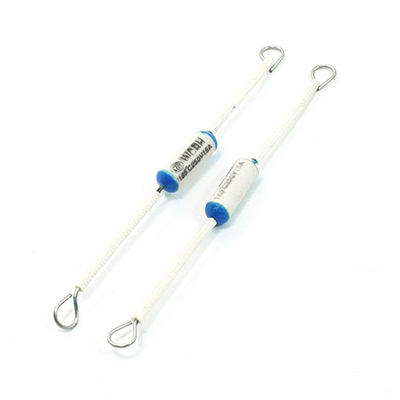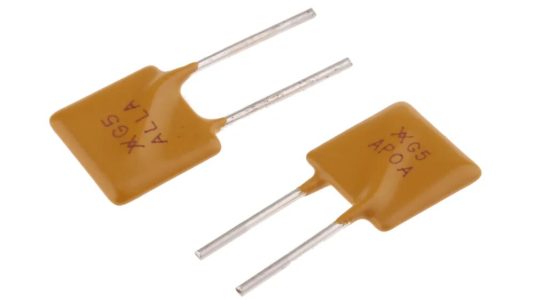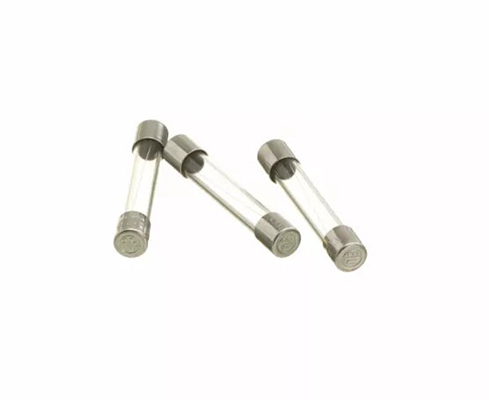Advanced Thermal Fuses for Protecting Truck Engine Compartments Against Extreme High Temperatures
News 2025-10-27
In the demanding world of automotive engineering, thermal fuses play a critical role in safeguarding vehicle components from overheating. These devices are especially vital in truck engine compartments, where high temperatures can pose significant risks to safety and performance. As trucks operate under harsh conditions, including prolonged exposure to heat, the need for reliable thermal protection becomes paramount. Automotive thermal fuses act as fail-safe mechanisms, interrupting electrical circuits when temperatures exceed safe limits, thus preventing fires and component damage. This article explores the importance of selecting the right thermal fuse for truck applications, focusing on their design and effectiveness in high-temp environments.

Key Performance Advantages
Thermal fuses designed for automotive use offer several critical benefits that enhance reliability in extreme conditions. They feature precise temperature ratings, often calibrated for the specific heat challenges of truck engines, ensuring activation at the exact point of danger without false trips. Materials used in these fuses, such as ceramic or advanced polymers, provide superior heat resistance and longevity, withstanding repeated thermal cycles common in heavy-duty vehicles. Additionally, their compact size allows for easy integration into tight spaces within engine compartments, while low resistance minimizes energy loss, contributing to overall vehicle efficiency. These attributes make thermal fuses an indispensable component for maintaining operational safety in high-temperature scenarios.
Practical Applications in Truck Environments
In truck engine compartments, thermal fuses are deployed in various systems to mitigate risks associated with heat buildup. For instance, they protect wiring harnesses, sensors, and electronic control units that are prone to failure in elevated temperatures. During long-haul operations, where engines run continuously, these fuses safeguard against thermal runaway in batteries and motors, preserving vehicle integrity. Their application extends to auxiliary systems like air conditioning and lighting, where overheating can lead to malfunctions. By integrating thermal fuses, manufacturers and fleet operators can comply with stringent safety standards, reducing downtime and maintenance costs associated with heat-related failures.
Frequently Asked Questions
1. What is the function of a thermal fuse in a truck engine?
It acts as a safety device that cuts off electrical current when temperatures rise too high, preventing potential fires or damage in the engine compartment.
2. How do thermal fuses differ from circuit breakers?
Thermal fuses are one-time use and permanently open the circuit upon activation, whereas circuit breakers can be reset, offering different levels of protection based on application needs.
3. What temperature ranges are typical for automotive thermal fuses?
They usually activate between 70°C and 240°C, depending on the model, to suit various high-temp environments like those in truck engines.

